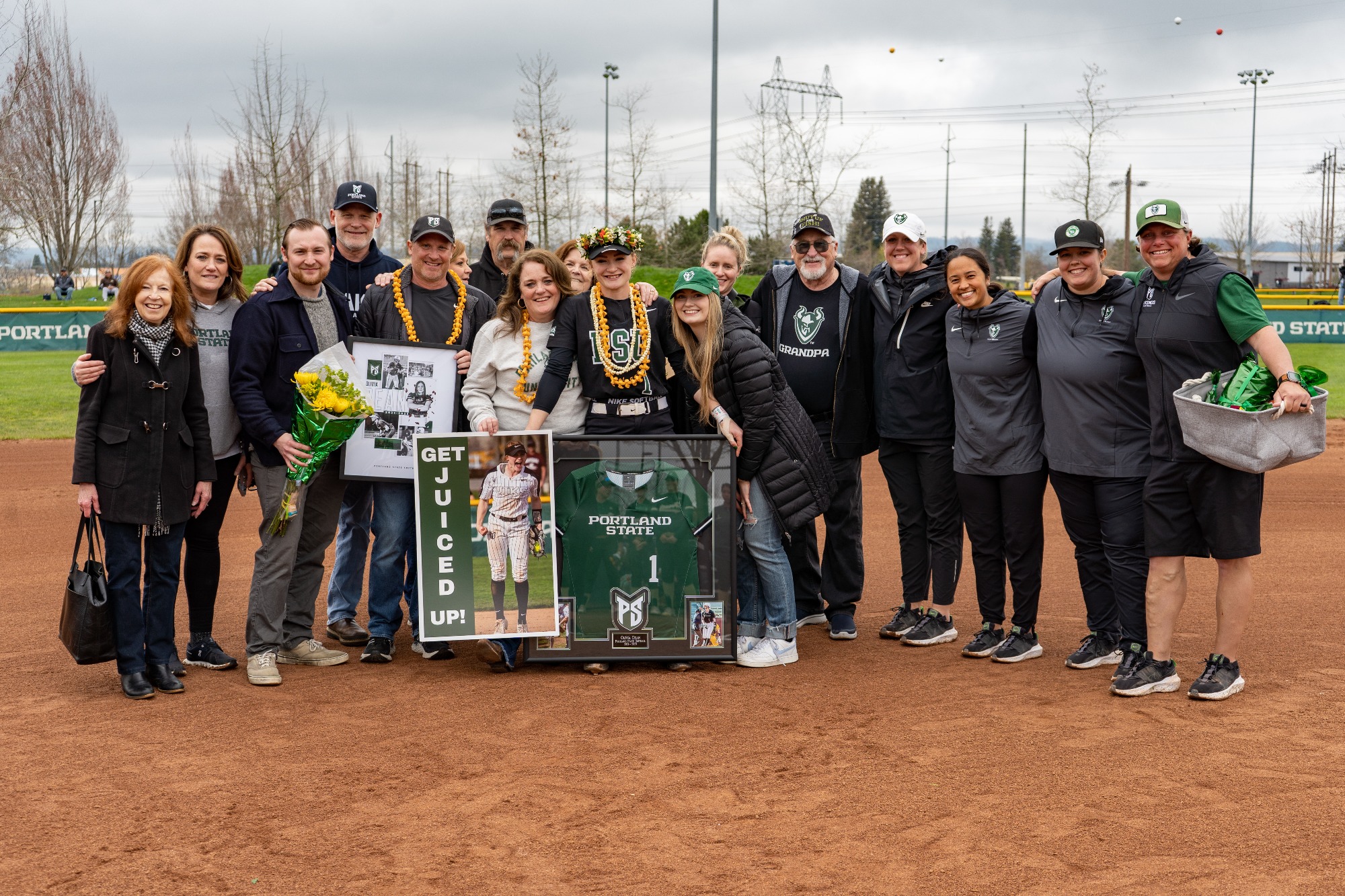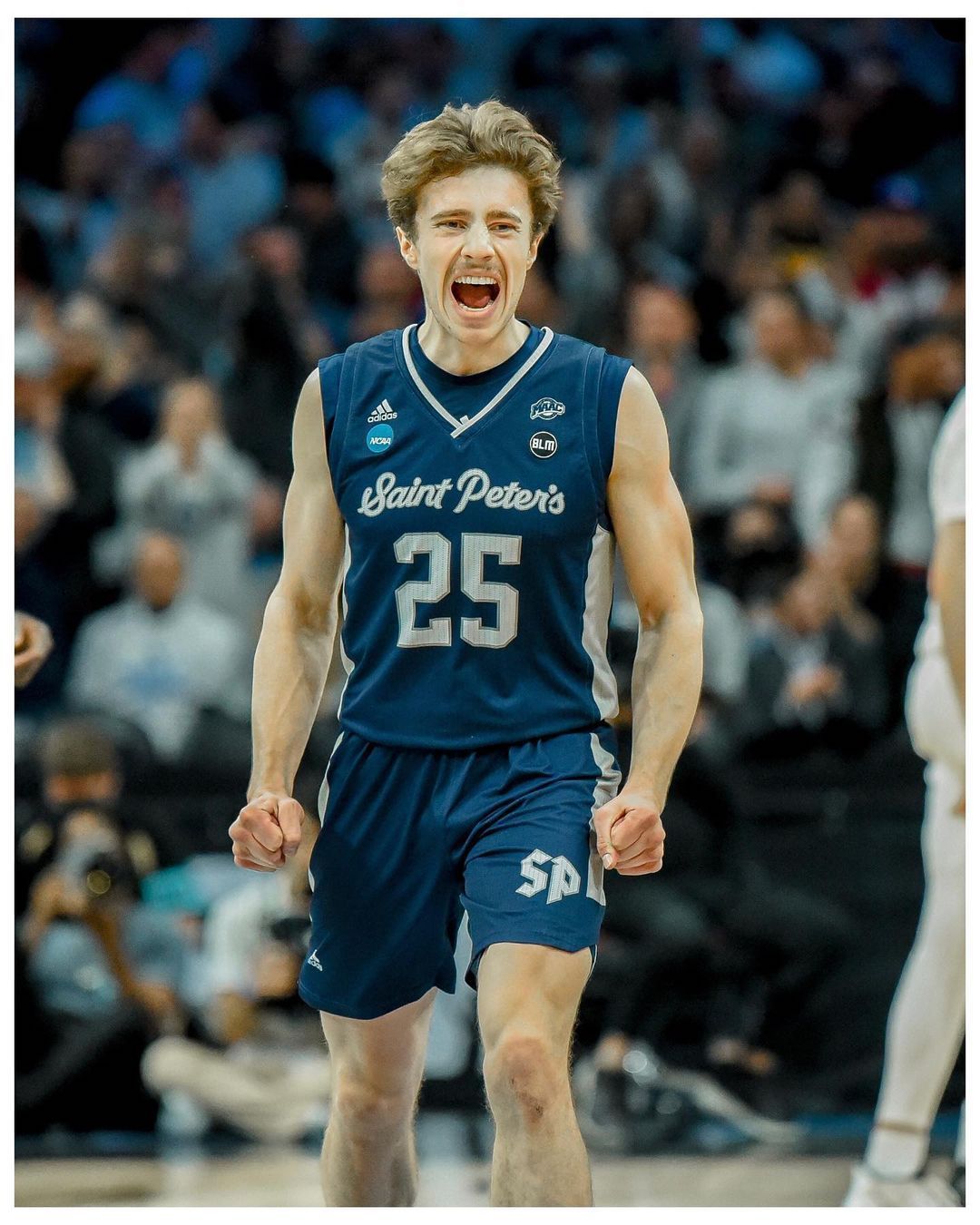Women in student athletics continue to expose the NCAA’s gender disparity in college sports—the elephant in the room. Portland State Vanguard interviewed Viking student athletes to hear their opinions on the inequality.
In the 2020–21 season, University of Oregon forward Sedona Prince called out the NCAA for the infamous “weight room incident.” The women’s side consisted of only a small rack of 12 dumbbells at the annual March Madness basketball tournament, but the men’s side of the tournament did not experience the same problem.
Basketball player Savannah Dhaliwal was not surprised when Prince pointed out the situation to the NCAA. “Everyone was blasting it all over social media but for me, I know how women are treated as I am a college athlete myself and so this was nothing new,” Dhaliwal said. “The only reason there was so much media coverage about it was because they had something to compare it to as the men were playing in the same tournament at the same time.”
Fellow women’s basketball team players Jenna Kilty and Morgan Baird remarked on the way the media gained access to the story. “[Prince] is someone who has a really huge platform so she was able to reach a lot of people when she posted that video,” Kilty said. “Anyone who saw a side by side comparison of the mens vs. womens [sic] NCAA tournament and the weight rooms, food and gifts they got, would be shocked at how different they were.”
“[Prince] is using her voice to help improve the current situations in the NCAA, and to improve systems for future female athletes,” Baird said. “Portland State’s SAAC recently completed a campaign focusing on equity and social justice topics, including equity in NCAA women’s sports. Projects like these spread awareness on important topics that impact many people.”
For the softball team, their tournament lasted less than a week with multiple teams having to play double headers; the Florida State Seminoles played 7 games in 6 days (including a game that ended at 2:18 a.m.). The baseball tournament, however, is almost two weeks long.
Softball player Olivia Grey said “it’s a slap in the face” to see the difference in treatment between baseball and softball. “The recovery times need to be equal regardless of the sport or timing,” Grey said. “For softball pitchers as well, this puts them at even more of a disadvantage because of the lack of relief between games.”
Softball teammate Emily Johansen agreed; “Recovery is just as important as the performance itself, and the men are given the opportunity to recover, so why aren’t the women?”
Kilty sympathized with the similar circumstances of the softball team. “You play back to back games in AAU or other summer leagues,” Kilty said. “But college athletes work so hard and with conditioning and weight room and all the other requirements that come with being an athlete, you get tired. I can’t imagine playing more than [one] game a day.”
Some of the women’s teams are forced to play in the middle of night because of the brackets and timing, according to Grey, even though she says the revenue for the Women’s College World Series has been skyrocketing every year.
“The NCAA can’t continue to blame funding on the shortened time span,” Grey continued. “The favoritism over men’s sports versus women’s sports is so obvious.”
Johansen worries about accessibility of the games. “The [Women’s College World Series] championship game was played at 3 p.m. on a Thursday,” Johansen said, “That’s just a really inconvenient time to watch any game, no matter the sport, because if you look at the [Men’s College World Series], the final game is scheduled to be played at 7 p.m. Now I’ll ask you, which game do you think people would choose between given time constraints?”
Many players expressed struggles with the NCAA. Johansen calls it a “lack of support” in “behind-the-scenes stuff: inconvenient game times for fans to show support, lack of opportunities for decompression after stressful situations for some athletes who are juggling stress of playing, outside judgement on social media, not to mention the demands of school on top of all of this.”
According to Baird, the NCAA tournament for women’s basketball isn’t even able to use “March Madness” on media posts—because it’s only “March Madness” for men. Grey spoke of concern that money and profit was getting in the way of “protecting and making the athletes collegiate experience the best it can be.”
Players also had suggestions on things the NCAA could do better to support women’s sports, like greater representation.
“I think the NCAA can do a better job at branding women’s sports and sharing their stories just like they do for men,” Dhaliwal said. “Whether that’s having posters of women’s athletes around schools or in the media I think we are still being underrepresented. I think overall, people are becoming more aware of the disparities between men’s and women’s sports especially in college.”
Portland State is helping lead that charge with a female women’s basketball head coach in Coach Chelsey Gregg, and a female athletic director in Valerie Cleary. Baird suggested that women’s sports need to have an equal focus, and the NCAA can improve their systems by hiring more women in leadership positions, such as coaches or athletic directors.
“It’s really inspiring to see women in these leadership positions, who can use their voices to promote change,” Baird said.
“Things need to change, and quickly,” Johansen said, “for the mental and physical well-being of all of the collegiate athletes competing in the next few years.”






